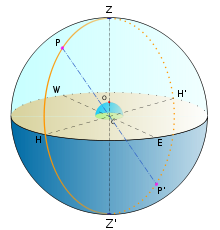For as long as there have been eyes to see and minds to ponder the mystery of night and day, generations have sought understanding—for themselves and for each other. This reminds me of the integral role that community plays in the learning process. I am also intrigued by the concept of connection between the centre of the earth and the horizon, as symbolized by the meridian. This connection presents a lovely learning metaphor:
– Self is at the centre of learning.
– Leadership is central to organizations.
– Readiness to learn is often like the dawning of a new day, a sun gloriously perched on the horizon.
– Learning, much like the rising and setting of the sun across the meridian, is a continuous process.
– Learning ignites curiosity, a desire to know more–just as the movement of the sun, in the splendid wake of its rising and its setting, leaves a desire for more.
 me·rid·i·an
me·rid·i·an
məˈridēən
The term meridian comes from the Latin meridies, meaning midday.
The sun crosses a given meridian midway between sunrise and sunset on that meridian. The same Latin stem gives rise to the terms differentiate between night and day hours.
For generations, men and women have conceptualized a meridian as an imaginary circle on the celestial sphere. This circle passes through the north point on the horizon, through the celestial pole, up to the zenith, through the south point on the horizon, and through the nadir, and is perpendicular to the local horizon.
The upper meridian is the half above the horizon, the lower meridian the half below it.
Care deeply. Laugh Often. Learn Always.
-Kim